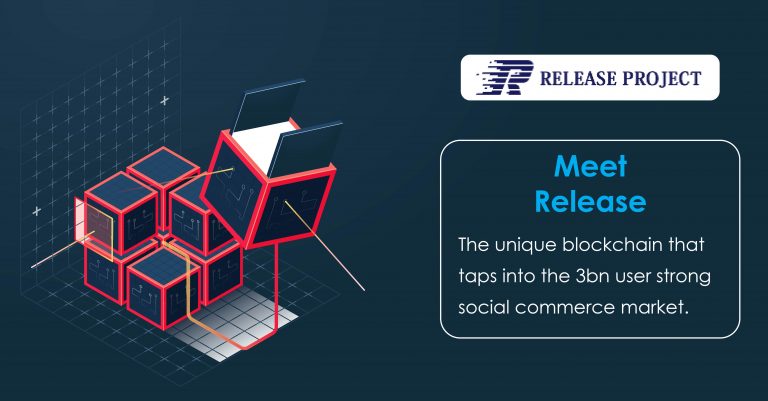2018-10-27 07:55 |
Throughout history, records of economic transactions were seen as very important information. As such, it was imperative to record it, although, there was always a demand for new and more convenient ways to do it. These days, the newest method of recording and storing such data is via blockchain technology.
Blockchain provides more comfort, speed, and convenience than any other method we've come up with throughout history. It is also far more secure, and decentralized in nature. All of these features are making it superior when compared to traditional ledgers.
However, both blockchain and banking networks still have their own ledgers, which are becoming more and more involved, but still remain different in numerous aspects, which is what we will list today.
7 Ways Blockchain Differs From Banking Ledgers 1) It Is DecentralizedDecentralization is one of blockchain technology's main aspects. It means that there is no single governing body that will make the decisions. With no third party like a bank or a government to run things, the “power” goes back to users.
On the other hand, all transactions within banks are done by third parties, which include governments, other financial institutions, and alike.
2) It Is TransparentTransparency is another aspect of blockchain technology, equally as important as decentralization itself. Blockchain manages to keep full confidence of its user thanks to transparency, as well as its open-source nature. Through transparency, every transaction is visible to all participants, with no ability to hide information.
Once again, things work differently with banking ledgers, which are closed, private, and completely isolated. Instead of getting full insight, the public only received a certain portion of the records, managed by banks themselves.
3) It Is CheaperConsidering that participants are the ones that do all the work on the blockchain, there is no need for third parties to get involved. Because of this, the costs are reduced, and the process of exchanging assets is much more cost-effective than trading traditional forms of money.
4) It Is Resilient To FraudThis is a feature that partially goes back to transparency as well. Everything is visible on the blockchain, and no information can be hidden, which makes it instantly obvious what each party is doing. Furthermore, blockchain is extremely difficult to hack, since doing so would require taking control over every device that serves a function on the blockchain.
Hacking banks is not an easy task to do either, but their transactions are mostly controlled by intermediaries, and any malicious action can affect the users without their knowledge or consent.
5) It Is Easy To Understand And UseTo use blockchain technology, users need to be tech-savvy to an extent. However, blockchain is much more adaptable than central banking ledgers. Adding new features and functions can be easily done, and existing software already allows a lot of innovation.
The same cannot be said for the banks, due to restrictions and regulations alone.
6) It Is Resistant To ErrorsAs mentioned earlier, blockchain is a much more secure way of storing information due to its resilience to tempering, altering, or even deleting data. Once stored, information cannot be lost or erased, and the chain keeps track of everything that goes on on top of it. All records are irreversible, which makes it a great way to permanently store data and ensure its safety.
Once again, banking ledgers do not guarantee this, and they can be modified or changed numerous times, which makes them far less trustworthy.
7) It Can Be Accessed From Anywhere In The World Via The InternetPublic blockchains allow participants from all around the globe to join in at any time, and from any place. The only condition is that you need to have an internet connection. As such, it allows users to make transactions whenever they want.
Banks cannot offer this, and it can take days for them to process transactions and reach settlements.
Similar to Notcoin - Blum - Airdrops In 2024
High Performance Blockchain (HPB) на Currencies.ru
|
|























